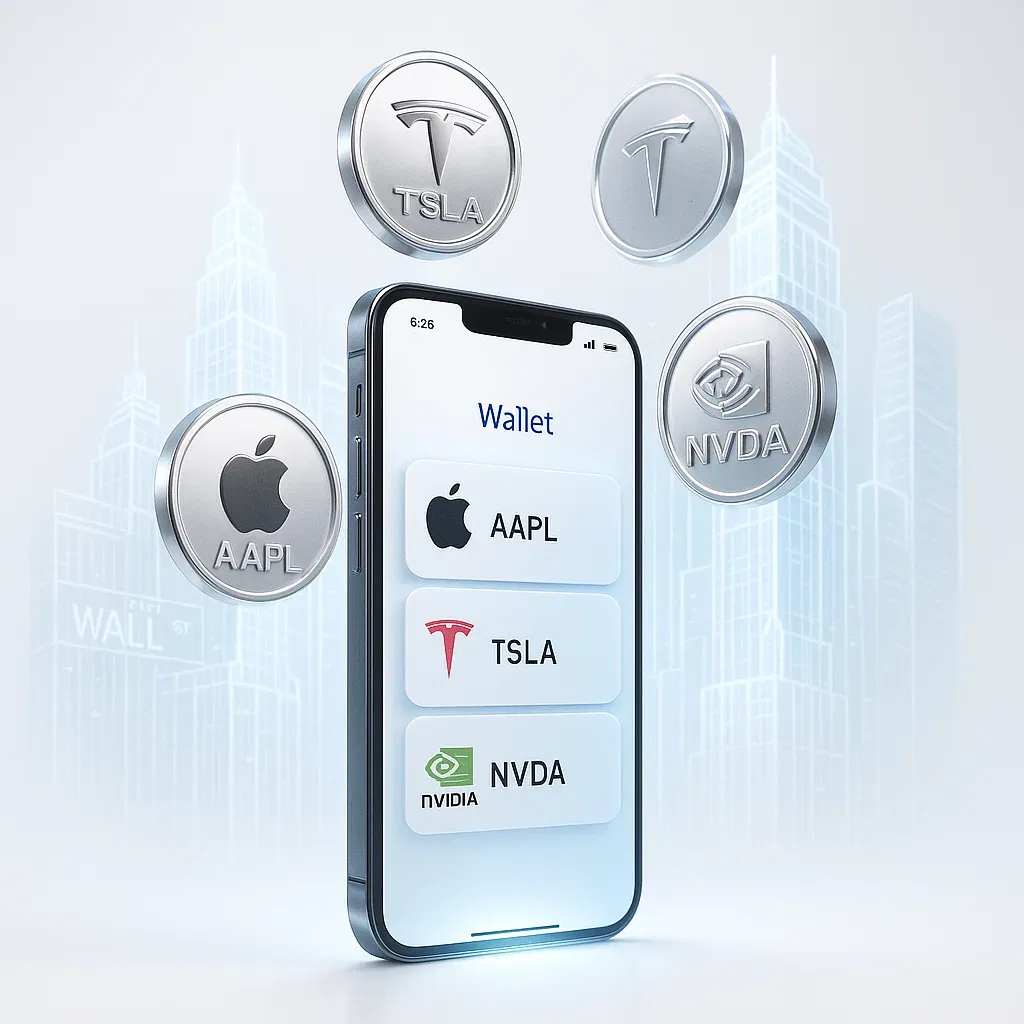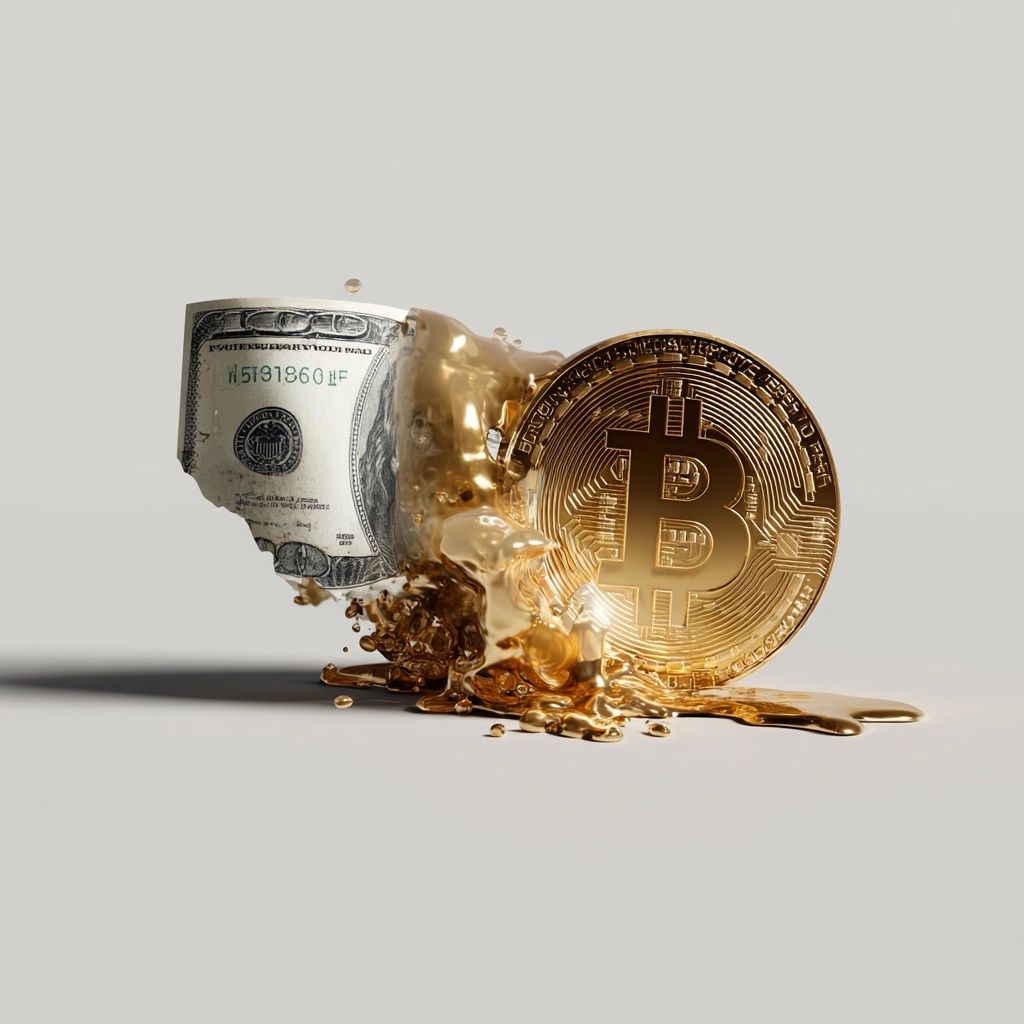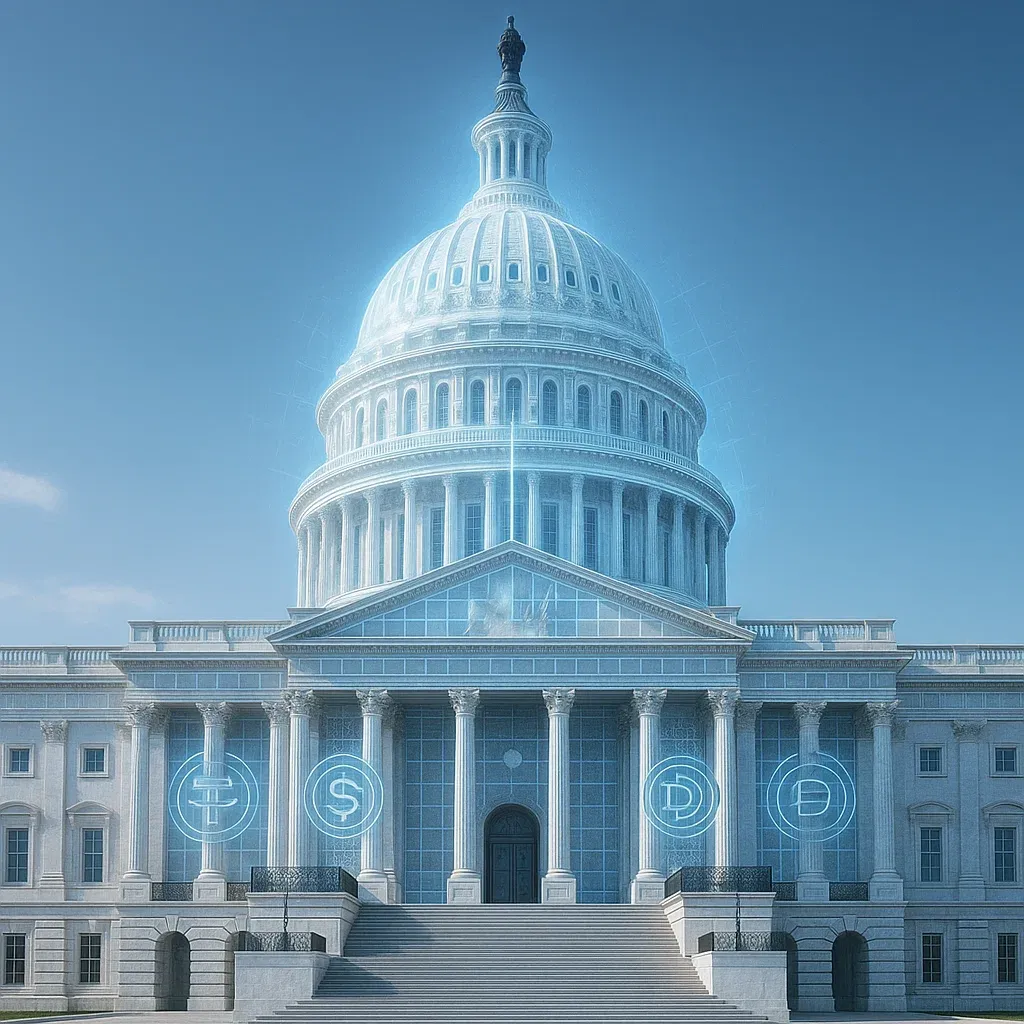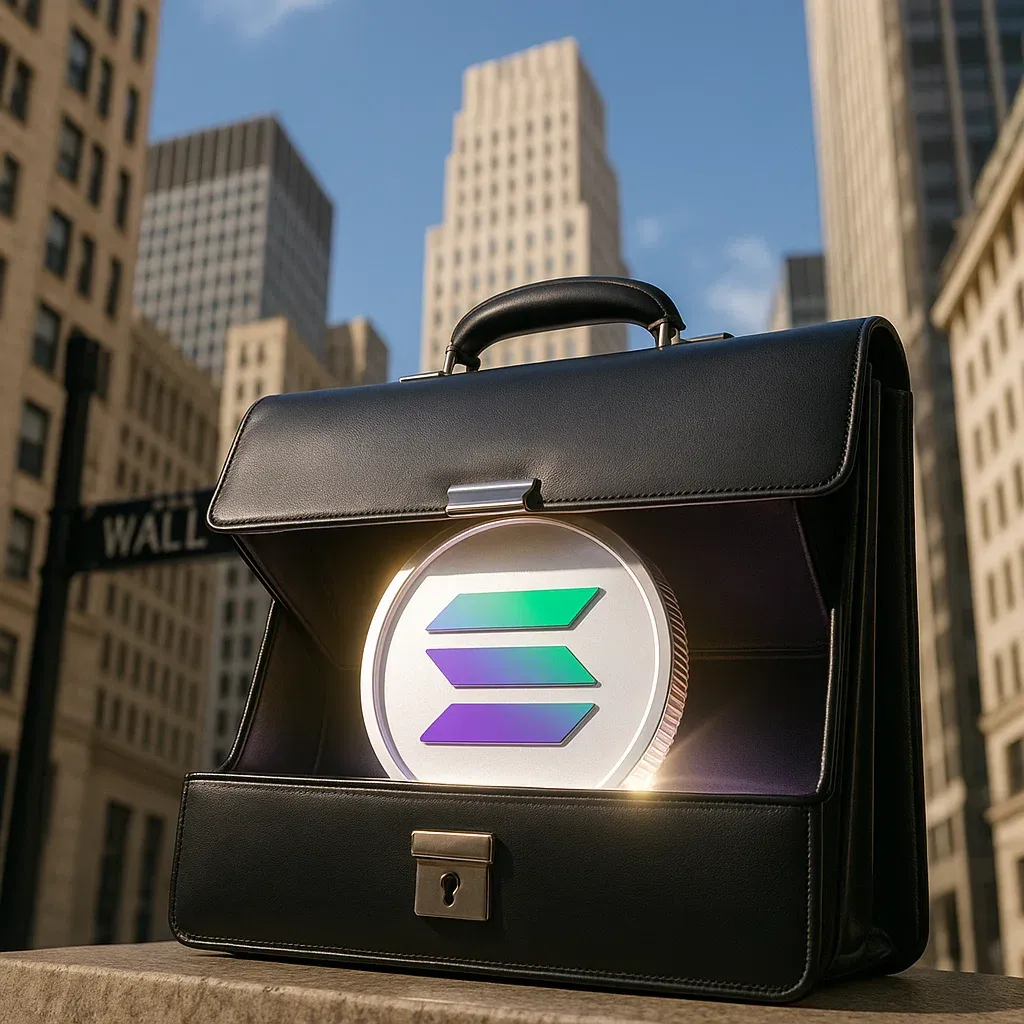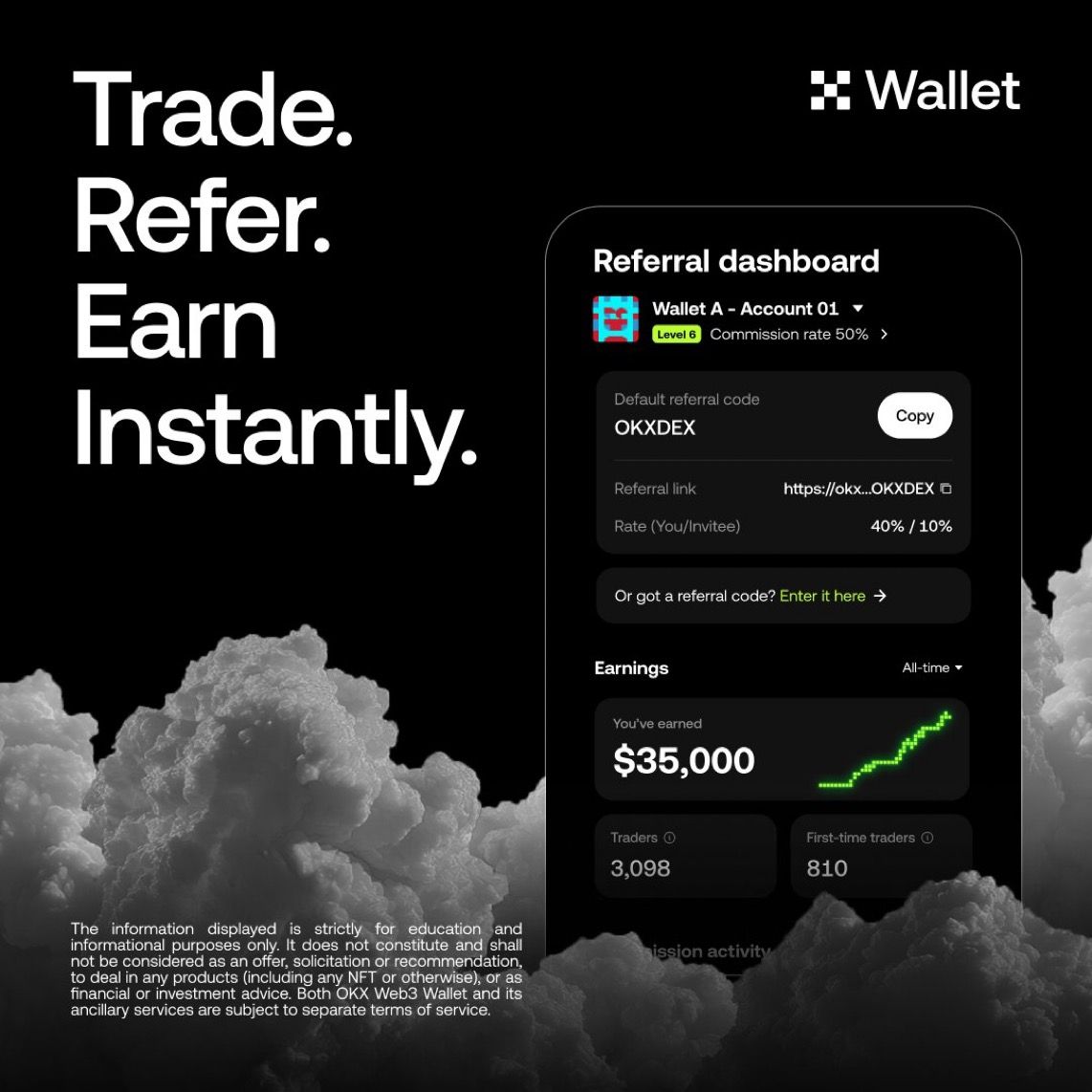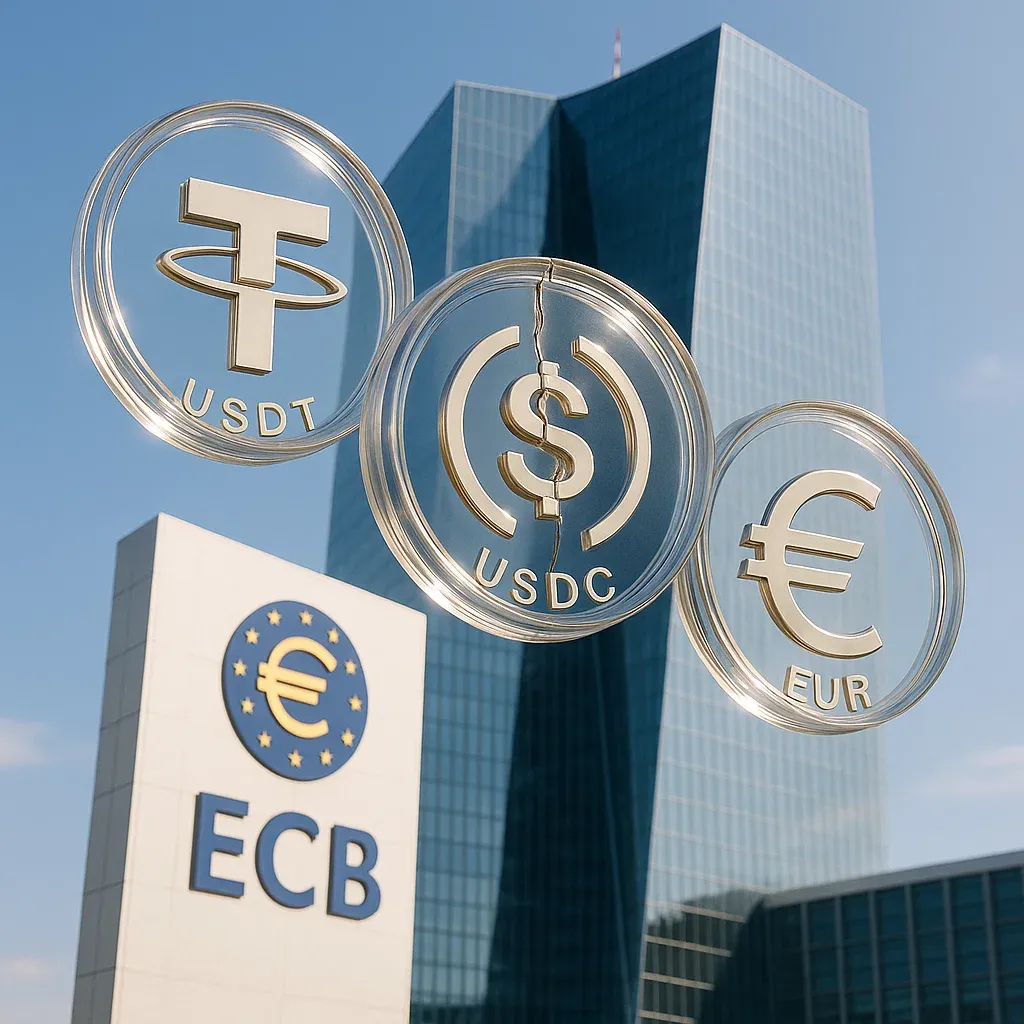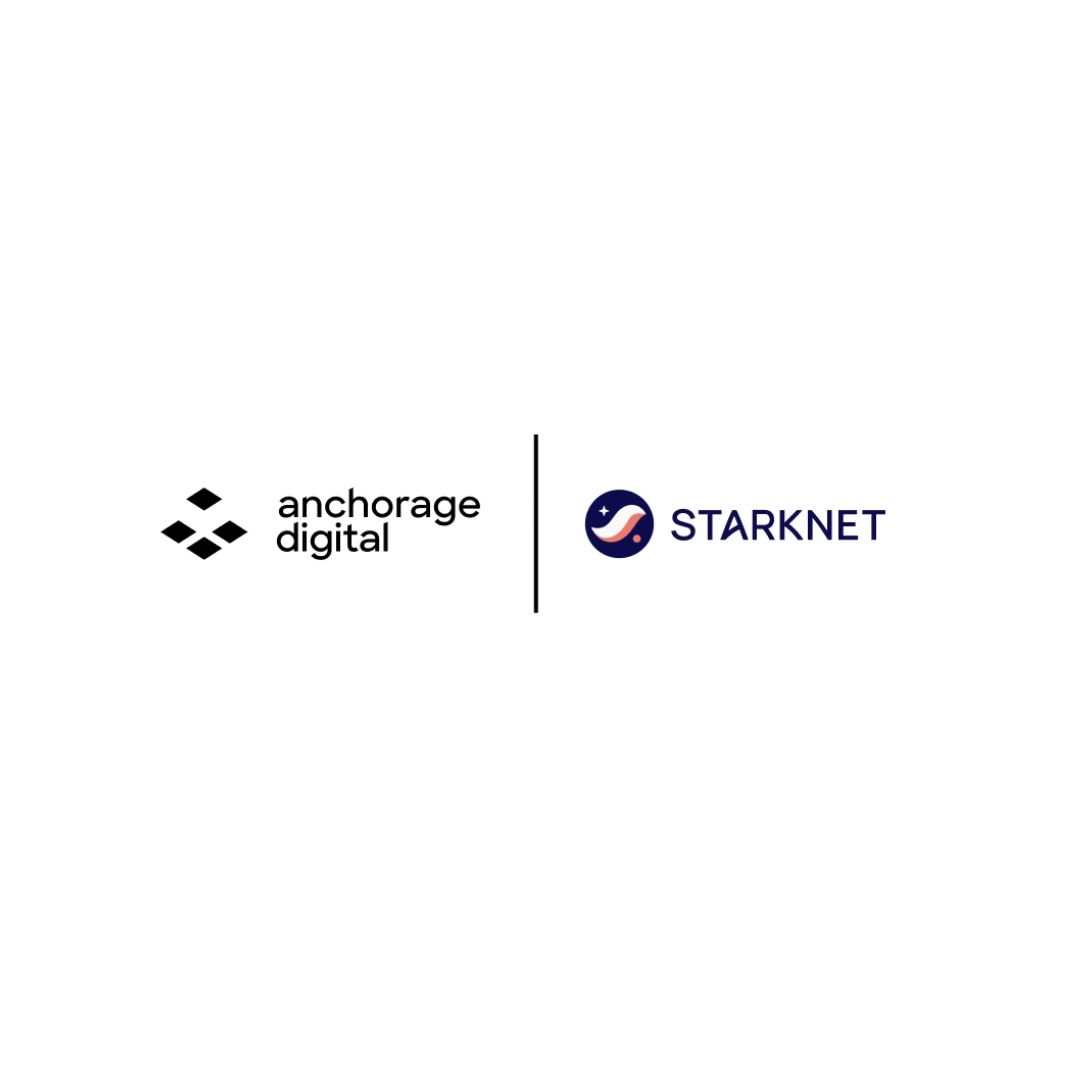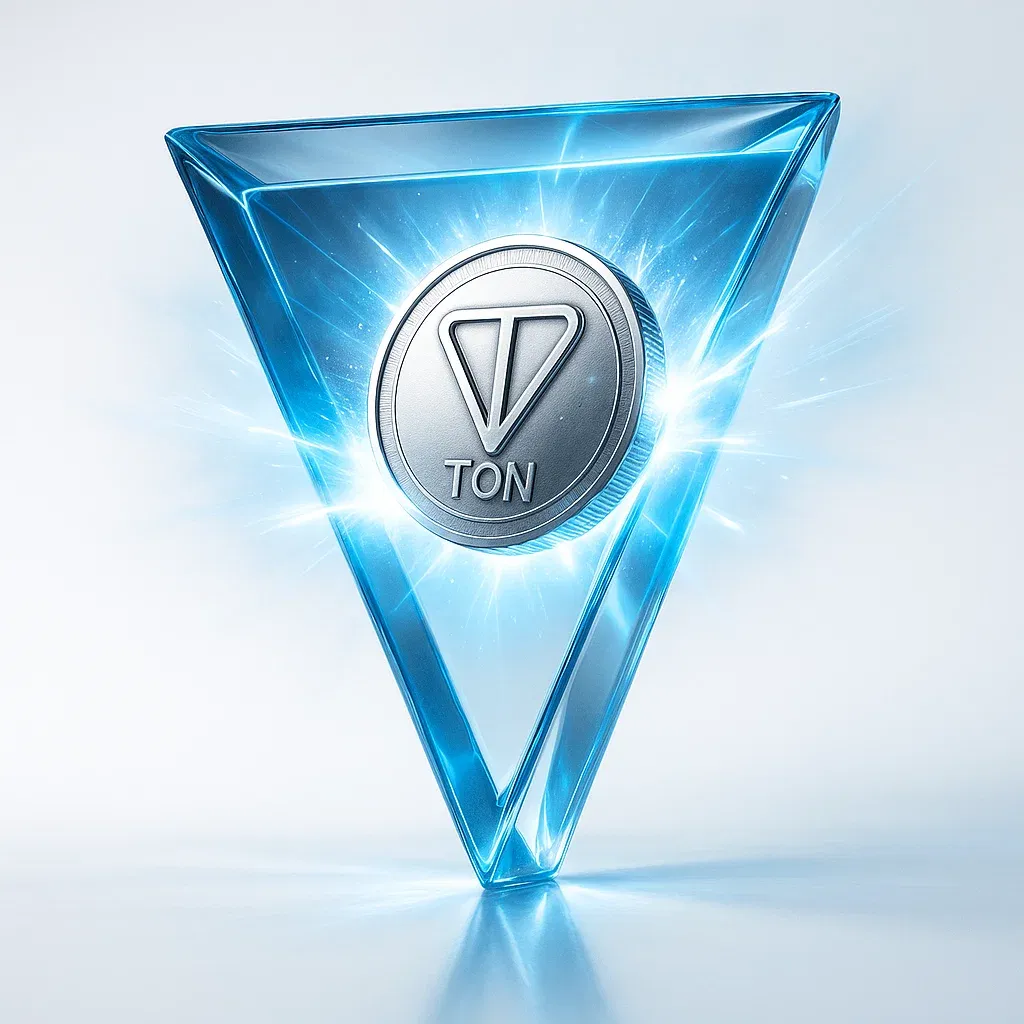Circle Applies for U.S. Bank License and Launches Global Blockchain Payments Network
🏦 Circle Wants a U.S. Bank License — And It's About to Flip Global Payments
Circle just made a move that could change everything — not just for crypto, but for how money moves across the planet.
They’ve officially applied for a U.S. banking license. That’s right. One of crypto’s biggest names is trying to become a real bank. But this isn’t about playing by TradFi’s rules — it’s about rewriting them.
Let’s break down what this means for stablecoins, global payments, and the future of money itself.
📜 Not Just a License — A Power Play
Circle doesn’t want a license for bragging rights. They want to lock in trust.
- 🧾 A U.S. banking license = full regulatory approval
- 🛡️ Safer custody of customer assets
- 🏛️ Direct access to the Fed (eventually)
- 📈 Big-time credibility with Wall Street, Washington, and beyond
In a world where stablecoins are under fire, Circle’s move says: “We’re not running — we’re leading.”
💵 Stablecoins Are Growing Up
USDC isn’t just a coin — it’s infrastructure. Circle knows that if stablecoins want to be taken seriously, they need to behave like banks, not startups.
Regulators are pushing for:
- 👮♂️ More transparency
- 🧮 Auditable reserves
- 🧠 Smart compliance tools
Circle’s early move toward licensing puts them ahead of the curve — and builds confidence with everyone from retail users to sovereign governments.
🌐 Enter: The Circle Payments Network
Circle’s real weapon? Not just compliance — but innovation.
The Circle Payments Network (CPN) is a global blockchain-based system that lets money move like email:
- ⏱️ Instant
- 💸 Cheap
- 🌍 Borderless
- 🔒 Compliant by design
Whether it’s a startup in Argentina or a bank in Singapore, CPN lets anyone send or receive stablecoin-powered payments in seconds — with compliance checks baked right into the protocol.
🔗 Programmable Money, Real Utility
Unlike old-school systems that close on weekends and move at snail speed, CPN is:
- 🧠 Smart-contract driven
- ⏰ 24/7/365 active
- 💱 Currency agnostic
- 🧩 Open to banks, fintechs, DAOs, and anyone building with money
It’s not just about sending dollars. It’s about writing logic into money itself — pay X when Y happens, instantly and globally.
This is finance-as-code, not finance-as-paperwork.
🚀 Merging Crypto with TradFi — The Right Way
Circle isn’t trying to kill banks. They’re trying to upgrade them.
With a banking license + CPN, they’re building a future where:
- 🏦 Banks talk directly to blockchains
- 📉 Settlement happens in seconds, not days
- 💳 Consumers don’t even know they’re using crypto — but benefit from it anyway
It’s not DeFi vs. TradFi. It’s one unified system, running on better rails.
⚡ TL;DR
- 🏦 Circle is applying for a U.S. banking license — aiming to be a trusted crypto-native bank
- 💵 It strengthens trust in stablecoins like USDC, and aligns Circle with future regulations
- 🌐 The Circle Payments Network enables instant, compliant, global payments using blockchain
- 🧠 CPN is programmable, open, and designed for banks, fintechs, and global businesses
- 🔮 Circle is bridging TradFi and crypto — not just with assets, but with infrastructure
This isn’t just about crypto. It’s about building a smarter, faster financial system for the entire planet.

Recent News
All Time High • Live
Have questions or want to collaborate? Reach us at: info@ath.live
